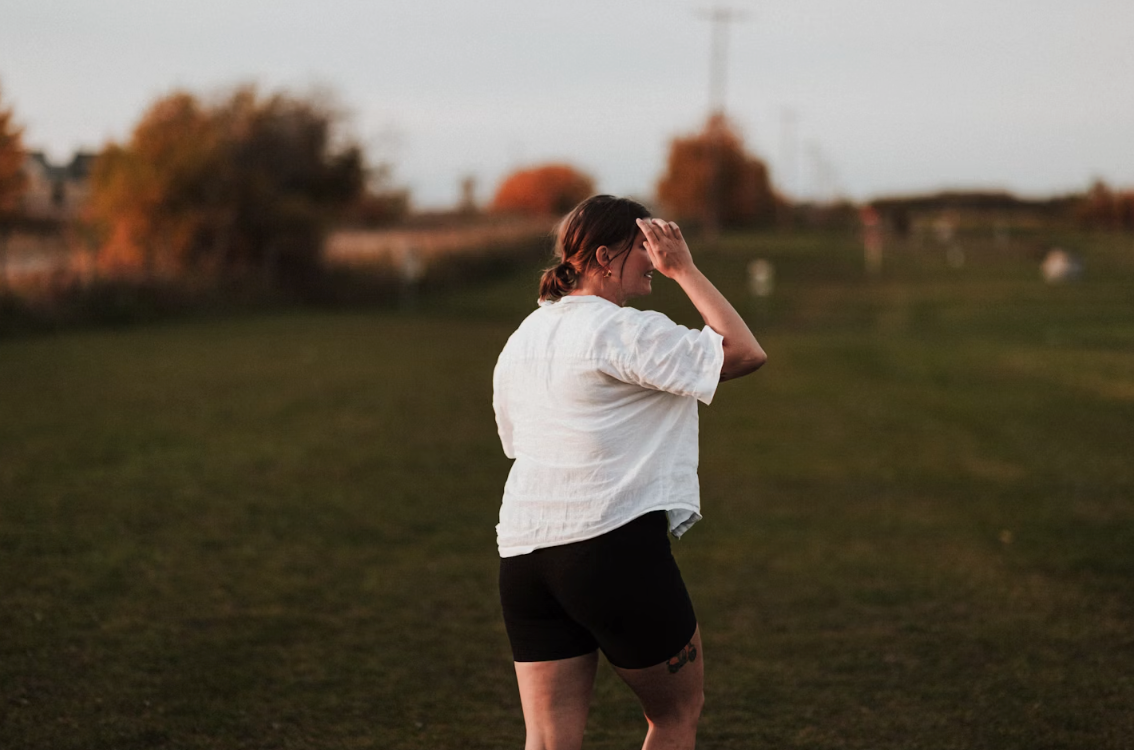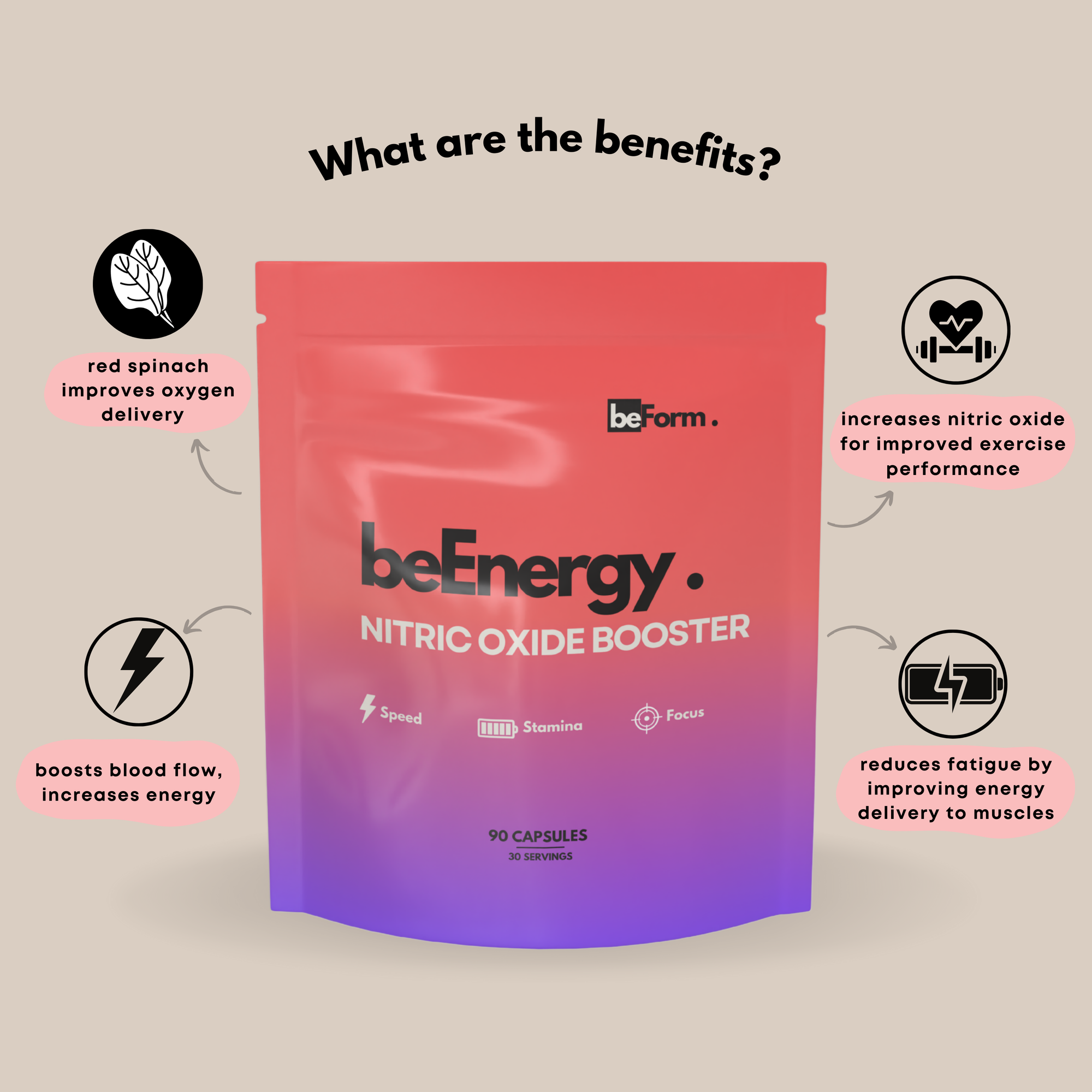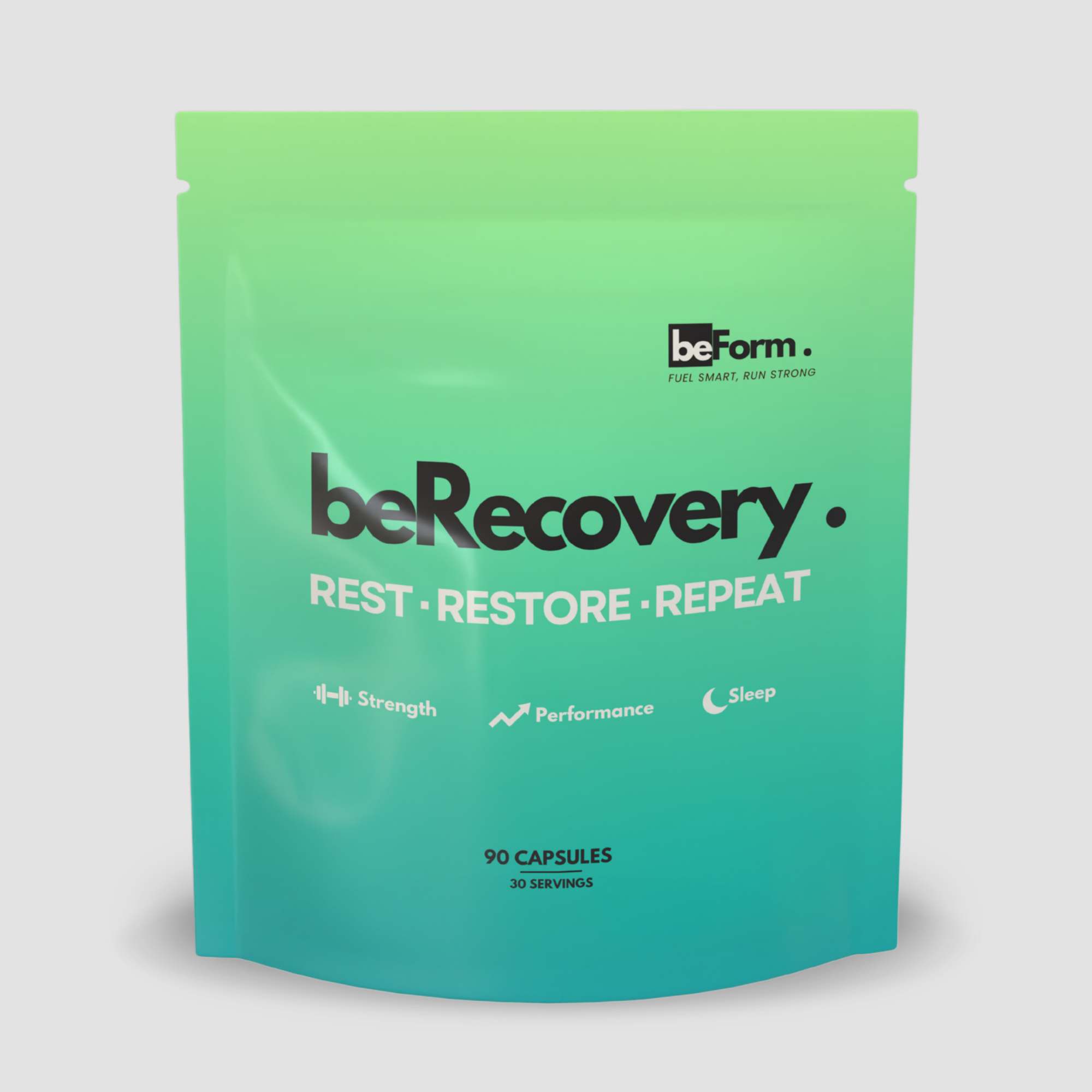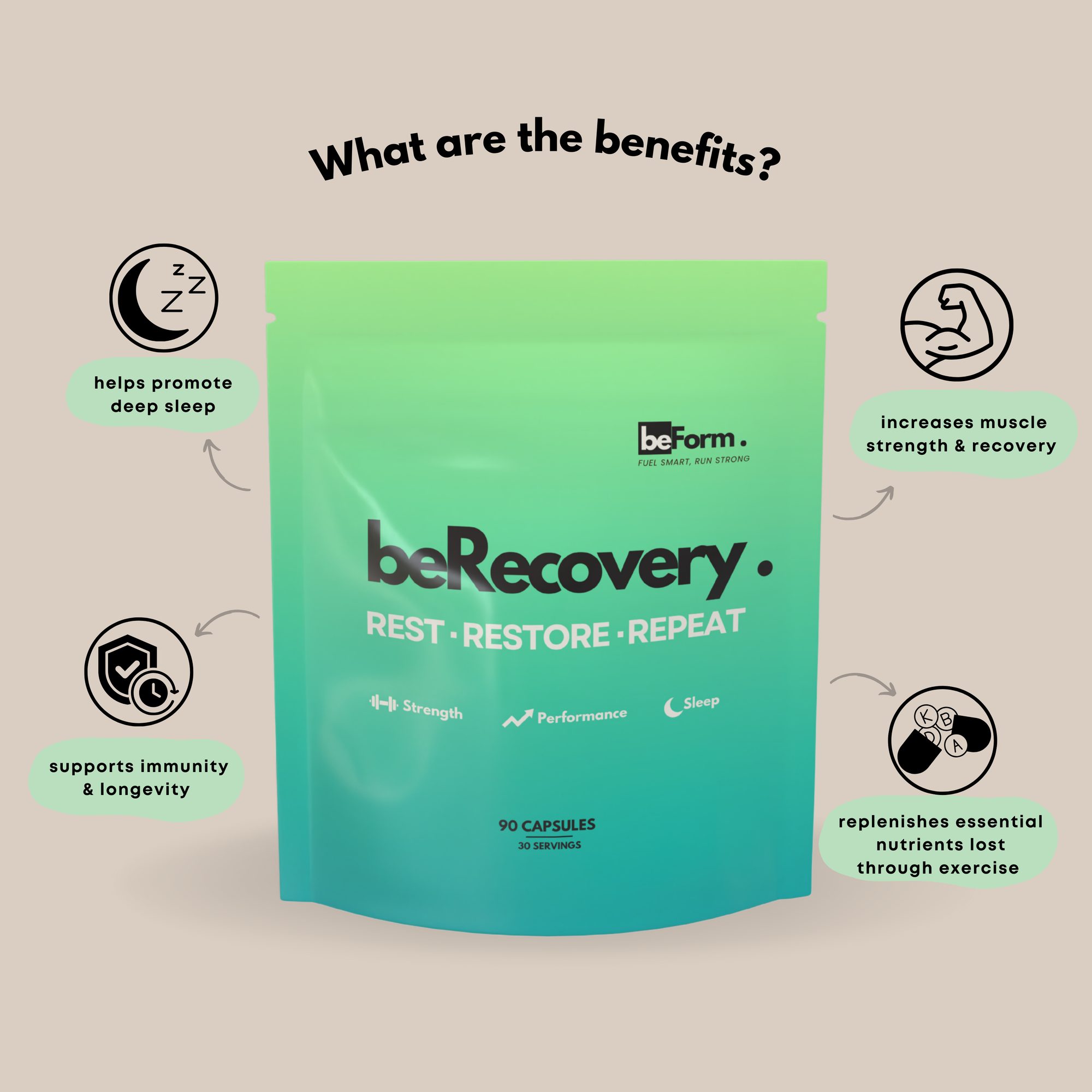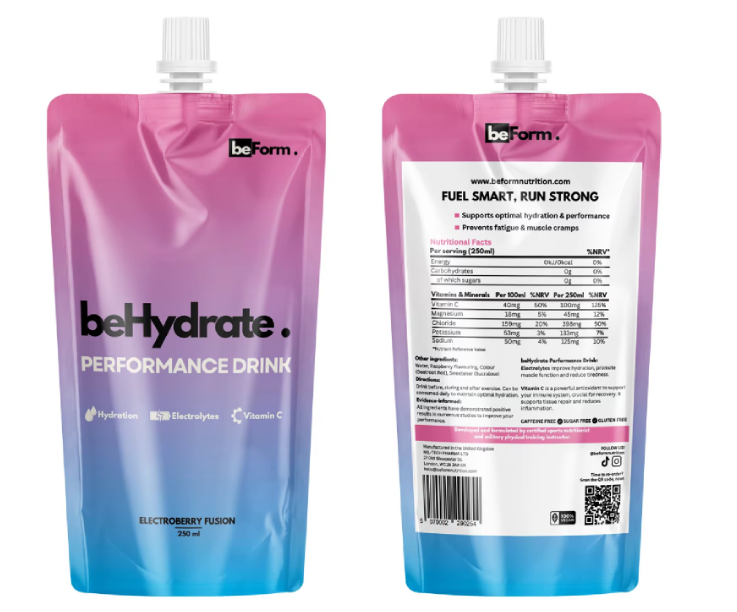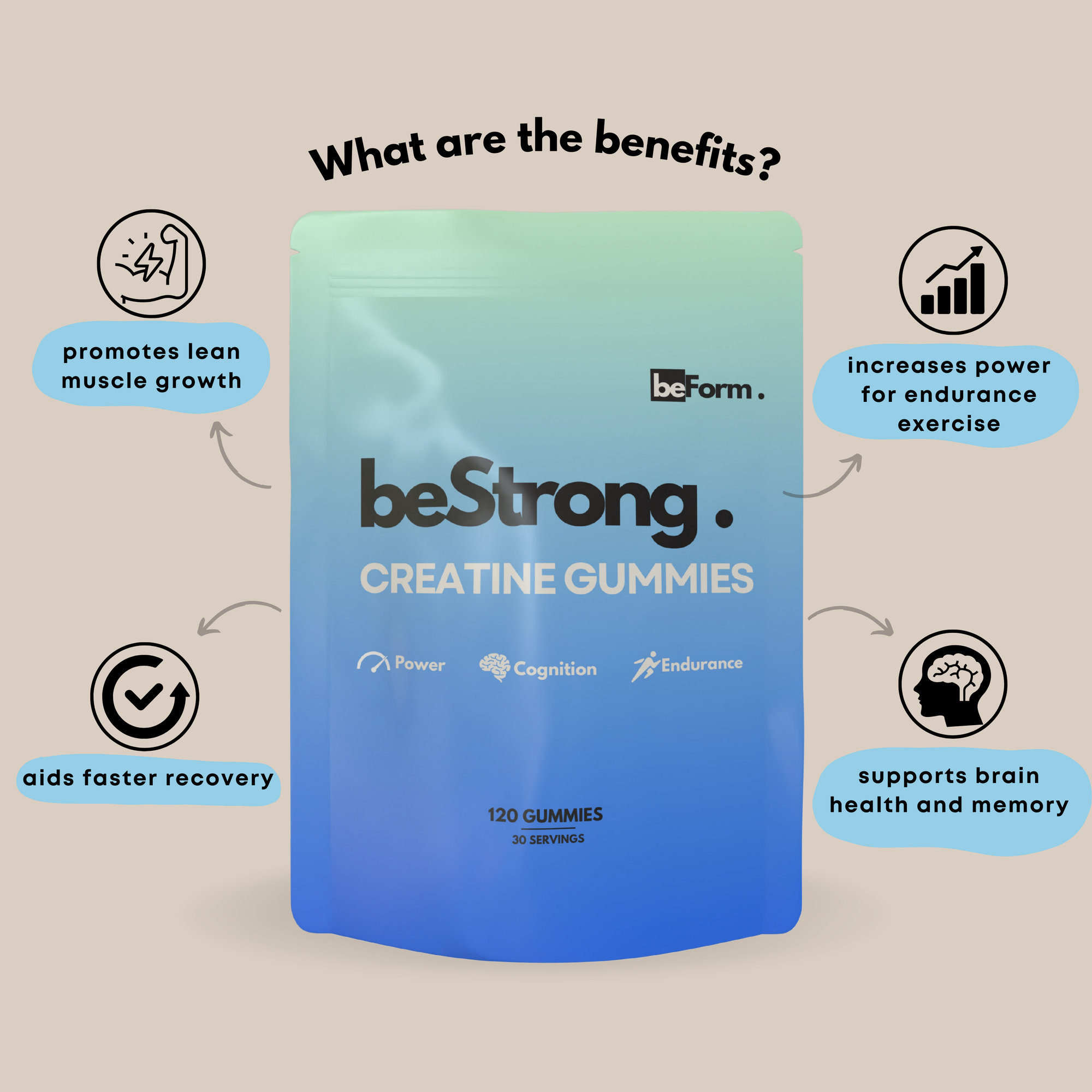Quick Summary
In conclusion, understanding proper running form, selecting the right shoes, and recognising injury signs are essential for beginners to enhance their running experience while minimising the risk of injury. By following these guidelines, new runners can build a sustainable and enjoyable routine that promotes overall health and performance.
Understanding Proper Running Form
Proper running form can improve performance and reduce injury risk. Maintaining an upright posture is the most important aspect of good running form.
You must keep your head upright, with your gaze forward. This will allow for maximum airflow and minimise neck strain. The recommended alignment includes relaxed shoulders above the hips and arms at 90 degrees. This allows for an arm swing that complements leg motion.
Runners need to avoid excessive stride length. This is a common mistake, where the foot lands in front of the body. This can cause excessive stress on the muscles and joints.
Strike the ground with your foot just below the centre of gravity to promote stability and efficiency. A shorter, faster stride can help you maintain a more natural rhythm while reducing the risk of injury.
Foot strike is an important component of good running form. Runners usually have one of three foot striking patterns: forefoot strike, midfoot strike, or heel strike.
Although each style has its advantages, the midfoot is often recommended to beginners as it tends to distribute impact forces more evenly over the foot and lower legs, resulting in less stress.
A consistent cadence, which is usually between 170 and 180 steps per minute for the majority of runners, can also help to improve running form. This steady rhythm helps to maintain momentum and encourages an efficient use of energy.
For beginners, it is important to understand and implement proper running form. It maximises efficiency and minimises the risks associated with improper techniques, thereby enhancing enjoyment and sustainability.
Selecting the Right Running Shoes
For anyone who wants to establish a running routine that is sustainable and enjoyable, selecting the right running shoes is essential.
The first thing to consider is the foot type. Each person has their unique foot structure. This can include high arches, flat arches, or neutral arches. Understanding your foot type will help you choose the right shoes to provide the support and comfort that you need.
The gait analysis is an important step in selecting the right footwear. Many speciality running shops offer gait analyses, which measure how your foot hits the ground when you run. This analysis can determine your running style, whether you overpronate or underpronate. This information can be used to recommend shoes that are tailored to your specific needs.
Cushioning is another important factor to consider. The amount of cushioning needed can vary depending on the individual's preferences and the terrain. Runners who run on hard surfaces, such as roads, may benefit from shoes with more cushioning to absorb shock. Conversely, runners who prefer to run on trails may prefer shoes with a firmer feeling for better stability and grip.
It is also important to ensure that the shoes are fitted properly. A bad fit can cause blisters, calluses and other painful conditions, which can put a beginner out of the game. When trying on shoes, make sure there is a space of a thumb's width between your longest toes and the front of the shoe.
Wearing the socks that you will be wearing while running can also help to achieve a better fit. Also, remember that the socks are as important as the shoes. Wear wicking socks that are anatomically shaped, which will prevent creasing and blisters.
It is important to keep an eye on the condition of your footwear. Most running shoes need to be replaced after 300-500 miles, depending on their design and how frequently they are worn. Worn-out running shoes provide less cushioning and support, increasing the risk for injury. Beginners can build a solid foundation by selecting the right shoes and knowing when to replace them.
Warm-ups & Stretching are Important
Warming up is an important part of a safe and effective workout routine for beginners. Warming up properly increases blood flow to muscles, raises heart rate and prepares the body for the physical demands of running. This preparation phase is crucial to reducing the risk of injuries such as strains or pulls.
RAMP
You may not have heard about RAMP warm-up routines, but it is used by the military before exercise and physical activity, and for good reason.
The RAMP warm-up is a technique developed by Ian Jeffreys. It has been proven to be effective for athletes, and many elite coaches use it around the world.
The RAMP warm-up has been scientifically proven to be the best way to prepare your body before competition. The acronym RAMP stands for:
Raise
Increase muscle temperatures, core temperatures, blood flow, muscle flexibility and neural activation.
Activate
Engage the muscles to prepare for the next session
Mobilise
Focus on the movement patterns that will be used in the game.
Potentiate
Gradually increase the stress on your body to prepare for the competition/session.
This systematic structure is the key to the success and effectiveness of the RAMP warm-up. It optimises each element's contribution to the warm-up, where each element contributes positively to its next.
This focus on systems, rather than methods, provides coaches and athletes with a thought process for constructing effective warm-ups. It also gives them the flexibility to use multiple methods and means to achieve their performance goal.
Warm-up exercises that incorporate movement are an effective method to improve flexibility and mobility. Dynamic stretching is different from static stretching, which involves holding the stretch for a long time. It also incorporates movement in order to actively prepare muscles.
Leg swings, walking lunges and high knees are all beneficial dynamic stretches. These exercises target the major muscle groups that are used when running, including the quadriceps and hamstrings. They also improve the range of motion and muscle function.
Dynamic warm-ups are designed to prime and activate the muscles, which can improve overall performance. When muscles are sufficiently warm, they are less prone to injury, and the joints are more stable and mobile. Warm-ups should last between 5 and 10 minutes. They should gradually increase in intensity and incorporate movements that mimic running.
Static stretching, on the other hand, should be done after a run. The muscles will already be warm and will benefit from elongation. Stretching after a run helps to reduce soreness and facilitate recovery. Novice runners need to understand the balance between static and dynamic stretching to create a routine that will help them prepare for their running adventures while minimising injury risk.
Gradual Progression of Running Distances
The concept of gradual progress in running distances is crucial for beginners who are just starting on their running journey.
This approach minimises overuse injuries and ensures the body can adapt to increased physical demands. The '10% Rule' is a widely accepted guideline that suggests runners should not increase their weekly mileage by more than 10% per week. This method promotes safe adaptation and helps maintain physical fitness as runners work to build endurance.
It is important to establish a baseline and evaluate your running abilities before implementing this principle. You can then create a plan that increases your distance week by week. If you run 10 miles a week, increase it to 11 miles no more than one week later. This gradual progression is essential for strengthening your muscles and tendons while preventing injuries.
Rest days are also beneficial for your training program. Rest gives your body time to rebuild and recover, so you're ready for your next session. Cross-training exercises such as swimming, cycling, or strength training can be used to supplement running. This variation improves overall fitness and reduces the risk of repetitive motion injuries.
For beginners, it is important to adopt a gradual and methodical approach when increasing the distances they run. By following the "10% rule," dedicating time to rest, and engaging in cross-training, you can create a balanced, effective training plan. This will improve your running performance while reducing the risk of injury or pain.
Joint Health Supplements: Include them in your diet
Joint health is important for beginners who are starting to run. Joint health supplements are a vital step in minimising pain and preventing injuries. These supplements are designed for joint lubrication, to reduce stiffness and improve overall performance.
Joint health supplements can help maintain joint integrity. Ingredients like pycnogenol or boswellia have a well-known role in promoting joint health. Pycnogenol has been demonstrated to safely help prevent the breakdown of cartilage.
Boswellia, on the other hand, helps to preserve matrix proteins and reduce joint damage as per this study. Regular use of these supplements will improve mobility and reduce pain, allowing runners to progress without being hindered by discomfort.
Some joint health supplements, such as beFlex, also contain anti-inflammatory agents, which are particularly helpful for new runners who may feel soreness following workouts.
Omega-3 fatty acids, which are often derived from salmon oil, have been shown to reduce swelling and may provide additional benefits for joints. As the body adjusts to the new strains of running, adding these joint support supplements will make the transition easier and more enjoyable.
Beginners should look for joint health supplements that contain ingredients that have been clinically studied and are free of artificial additives. It is important to consult a healthcare professional prior to introducing any supplements into your daily routine.
This will ensure that the supplement complements your individual health needs. Joint health supplements combined with a gradual running program can help beginners enjoy a pain-free and sustainable running experience.
Conclusion: Recognising signs of injury
Listening to your body is one of the most important skills you can develop as a beginner runner. Understanding the signs of injury is crucial to maintaining a healthy running routine. Early warning signs will help you avoid more serious issues in the future.
Injuries are often indicated by persistent pain, unusual swelling or discomfort that persists beyond the normal muscle soreness associated with new physical activity.
If you experience sharp pains in your muscles, joints, or tendons when running, you should pay attention. These sensations may not be caused by fatigue or overexertion, but could indicate an injury. Any swelling after running could also be a sign of an injury.
Persistent discomfort is another important factor to consider. It is important to act if you experience soreness that does not subside after a few days or worsens as you continue running.
Re-evaluating your routine, incorporating cross-training, or resting may be beneficial strategies to relieve the strain on your muscles. Ignoring these symptoms can lead to further injury, prolonging recovery time and even a complete stop to running.
It is important to determine the severity of these symptoms and the appropriate response when faced with them. Resting, modifying your training program or consulting a healthcare professional may be necessary if swelling or pain persists.
Prioritising the signals from your body not only helps you avoid injuries but also improves your overall health and enjoyment of running.
Please share any insight or advice on our Facebook page so we can all work together and overcome this obstacle and enjoy running to the fullest.



